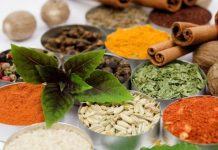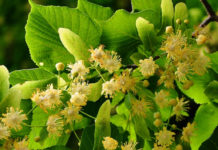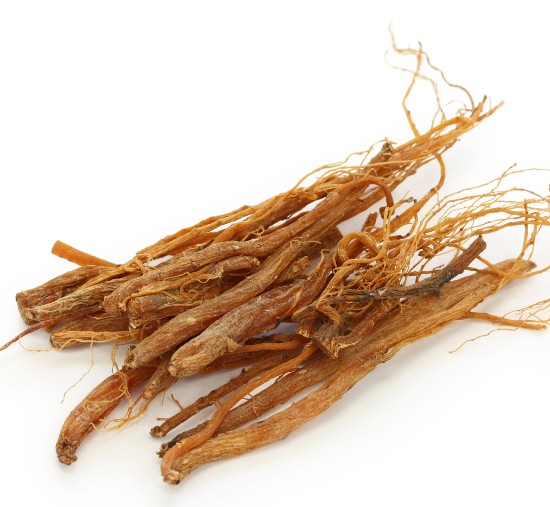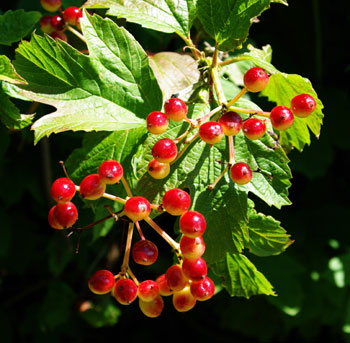As herbs and holistic medicine become more and more commonplace, many are becoming interested in having easy access to popular healing plants. Did you know that a variety of beneficial herbs can be grown at home in your back yard or even in your kitchen?
Included here is a list of some of the most powerful natural herbs and simple instructions for home cultivation. You may be surprised to find just how easy it is to create your own herbal pharmacopea.
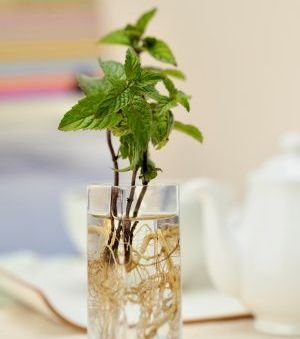 Arnica montana
Arnica montana
Arnica is a wild flower which grows throughout the mountainsides of Europe, Siberia and North America. It is used as an external remedy for sore muscles, sprains, strains and bruises.
The yellow flowers of the plant are used to make extracts, tinctures and massage oils and creams. It makes an excellent home remedy for sports injuries and other trauma.
Arnica can be grown from seeds. It grows best in a mixture of soil, peat and sand. The seeds can be started indoors and then planted outside in the spring.
The plants will grow up to two feet and produce yellowish-orange, daisy-like flowers.
Calendula
Calendula, also known as pot marigold, is a time-honored folk remedy for the skin. Tincture of calendula is used to treat a variety of topical conditions, including eczema, acne, bee stings, scrapes, superficial cuts and other minor wounds. It makes an excellent addition to your herbal first-aid kit.
Marigolds grow well indoors and out, and thrive in medium-grade soil. They do not require a lot of moisture, and are proned to mildew if over-watered. They are otherwise a hearty annual plant that can survive most temperature extremes and even a mild frost. The seeds should be planted in the early spring. The plants grow quickly and produce flowers by early summer.
Echinacea
Echinacea, or purple coneflower, is another wildflower native to North America. It was used traditionally to treat sore throats, coughs, fevers and respiratory infections. Modern scientific studies have shown that echinacea can reduce the severity and duration of the common cold and flu. It is naturally antibiotic and antibacterial, and helps to strengthen the immune system.
It may also be used to treat yeast infections, urinary tract infections, ear infections and hay fever.
Echinacea grows well in most garden soils. It is a hardy plant that can be started in both the spring and fall, and produces shoots up to 3 feet tall. It propogates easily and needs a little more growing space, so it is best grown outdoors in a garden or flower bed.
Garlic
Garlic is a versatile herb that is used for a variety of conditions. It is naturally antibacterial, antiviral and antifungal. During World Wars I and II it was used as a natural antibiotic and referred to as “Russian penicillin”. Research suggests that compounds in garlic help protect the body against heart disease and cancer. It is naturally antioxidant, and helps strengthen the immune system.
It is also a natural blood thinner, and helps dissolve cholesterol in the bloodstream. It makes an excellent addition to both the medicine cabinet and spice rack.
Garlic is a prolific plant which grows easily in even the poorest soil. It can be grown indoors or out, either in the ground or flower pots, and is cultivated throughout the world. Garlic grows from bulbs, which can be found in just about any farmers market or garden supply store.
Peppermint
Peppermint is another herbaceous plant which grows easily in most climates. Originally found in Europe and Asia, it is now cultivated throughout the world. Peppermint tea is a common home remedy for gas, indigestion, nausea and other gastrointestinal problems. Some studies have shown peppermint to be effective in treating symptoms of irritable bowel syndrome.
Additionally, peppermint has anti-inflammatory and analgesic qualities. It is sometimes recommended for headaches, fevers, as well as cold and flu symtpoms.
Peppermint is planted in the early spring and matures mid to late summer. It grows 2 to 3 feet tall and produces small purple or white blossoms, but it is the leaves which are used for medicinal purposes. It grows well both indoors and out, in moderate to moist soil. It grows easily and can be invasive, so it is best contained in pots or flower boxes.
Rosemary
Rosemary is both a culinary spice and medicinal herb. It can be dried for tea or made into a tincture or liquid extract. Traditionally, herbalists used rosemary to treat nervous conditions, including stress, anxiety, fatigue, memory loss, irregular menstrual periods, and as a tonic for the heart. More recent studies show that rosemary has antioxidant and antimicrobial properties.
Rosemary oil is used topically to help relieve sore muscles, and general aches and pains.
Rosemary grows easily with little cultivation. It makes an excellent ornamental bush or can be pruned and contained in flower pots. It can be pruned repeatedly without much harm to the plant.
REFERENCES
UNIVERSITY OF MARYLAND MEDICINE: HERBS – https://www.umm.edu/health/medical/altmed


